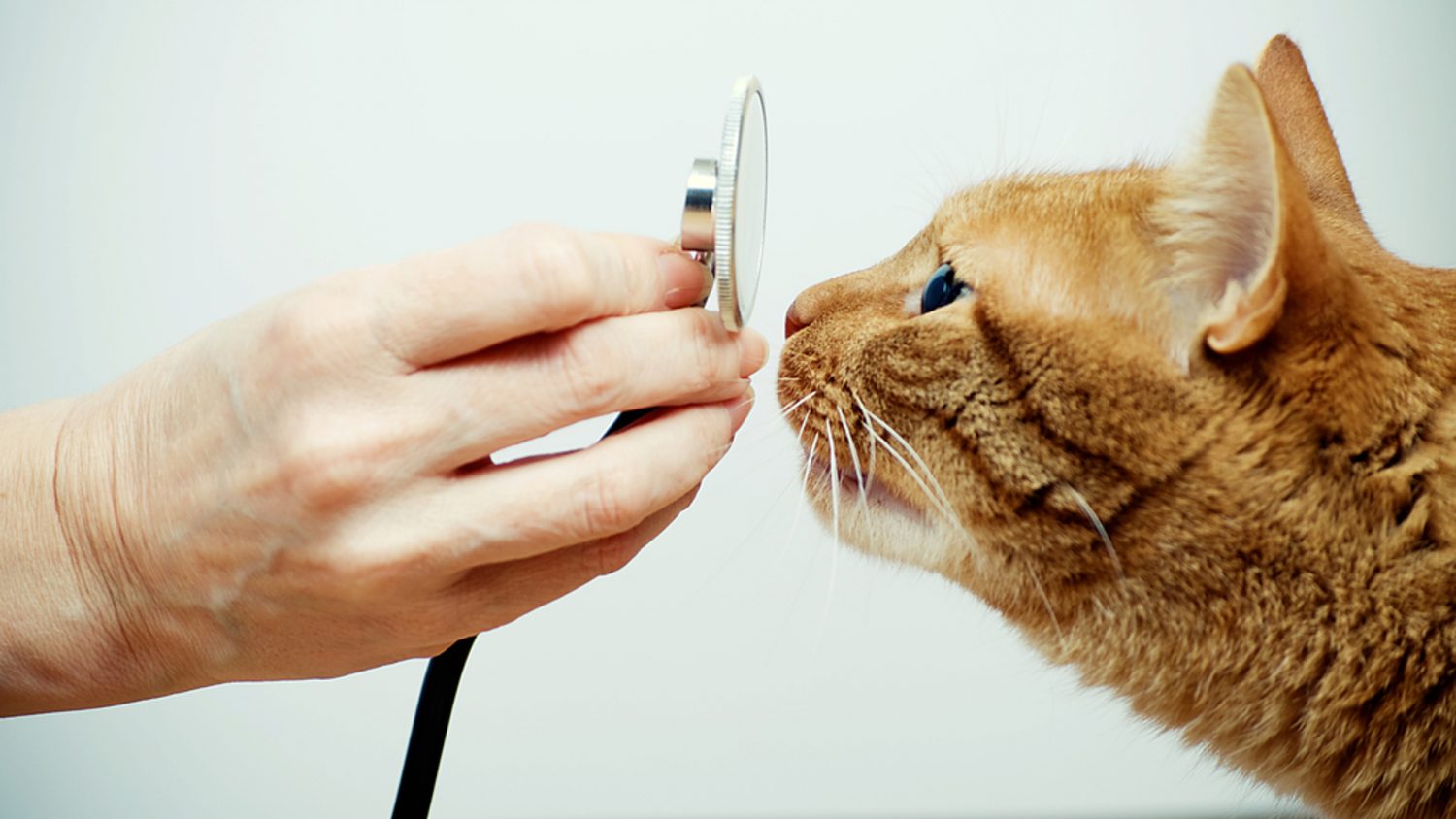Feline rhinotracheitis is an acute upper respiratory virus. Although there are many causes of feline upper respiratory infections, rhinotracheitis is known to be the culprit of roughly 80% of all infections. The virus is very contagious and is known to produce secondary infections, such as chlamydia, feline reovirus and pneumonia. If severe enough, rhinotracheitis can cause death by pneumonia in young kittens. It can also cause the spontaneous abortion of a litter around the 6 week mark.
What Causes Feline Rhinotracheitis Virus?
Feline Rhinotracheitis is caused by the Feline Herpesvirus Type 1, also known as FHV-1. The virus grows in the nasal and tonsil tissues, making any secretions from saliva, the eyes or nasal passages extremely contagious. Feline Rhinotracheitis is spread through the air and through direct contact with an infected cat. The incubation period, from exposure to clinical signs, can be anywhere from 2 to 20 days. However, the active infection may only last from 7 to 10 days. As the virus spreads during the incubation period and the time of active infection, the owner can be completely unaware of how many other cats in their household have been affected.
Symptoms of Feline Rhinotracheitis
The symptoms of rhinotracheitis are similar to feline influenza. A cat may exhibit all of these symptoms, or only a few.
Common Reasons for Contraction of Feline Rhinotracheitis
There are some cats that will be more susceptible to developing the feline rhinotracheitis virus. Although there is not a specific breed of cat that this more susceptible, there are some situations which can produce increased opportunity for contraction. Some of those environments or situations include:
Treatment and Diagnosis of Feline Rhinotracheitis
While there is no treatment or cure for the virus itself, there are oral antibiotics available to help prevent or treat a secondary bacterial infection. Because rhinotracheitis is known to produce secondary bacterial infections, antibiotics can be an important step in recovery. Decongestants can also be prescribed to aid in breathing and to help clear the nasal passages.
Additionally, providing loving support to your animal can boost their mental state and make them feel more secure in their time of need. It is important to always make sure that your cat is eating and drinking, and that a comfortable, temperate area is provided. A vaporizer can help them to breathe more clearly by putting humidity back into the air. Keeping secretions of the nasal passages and eyes can limit the spread of infection and re-infection. Isolation of an infected cat is the best way to stop the spread of the virus.
Because there is no clinical test that can indefinitely conclude a diagnosis of feline rhinotracheitis, it can sometimes be difficult to identify. However, a review of medical history and current symptoms can help to diagnose an infected cat.
Because many cats are carriers of the FHV-1 virus, cleanliness and limited exposure to other cats can greatly help to reduce the possibility of contracting the virus.
Prevention of Feline Rhinotracheitis
The only way to attempt to prevent the contraction of rhinotracheitis is to have your cat vaccinated. There are three types of vaccinations for feline rhinotracheitis: a modified live injectable vaccine, a modified live vaccine given in the nose, and an injectable killed vaccine. Regardless of which vaccine is given, it is simply important to make sure that the vaccination is given. Although a vaccination may not entirely prevent the infection from developing, it can reduce the possibly of the infection rising to a more serious level.







